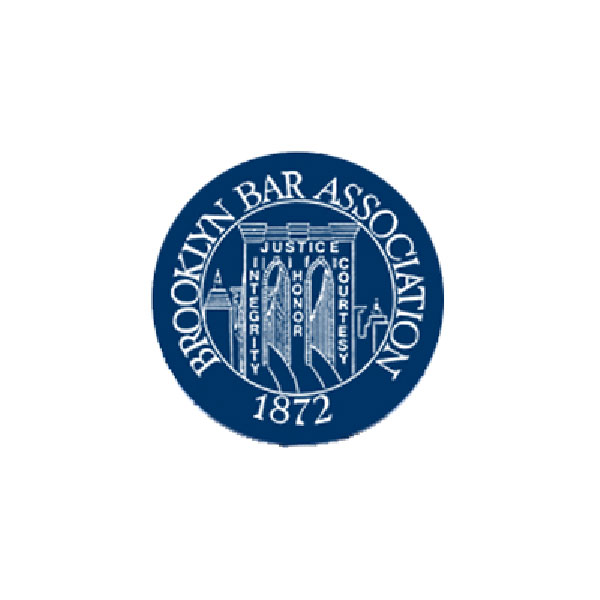The LAW FIRM of DAYREL SEWELL, PLLC is pleased to announce that Mr. Dayrel S. Sewell, Esq. penned an article entitled, “Graffiti: Legal or Illegal?” that is now published in the Brooklyn Bar Association’s Fall 2020 Journal. The article explores the legal distinction between permanent graffiti and art, and the legal interpretation of the Visual Artists Rights Act as applied to the 5Pointz case.
This publication represents the continuation of our firm’s commitment to providing value to the greater NYC community and service excellence to our clients.
Established in 1872, the Brooklyn Bar Association’s primary purpose is to promote professional competence among attorneys and increased respect for the legal system.
In the rapidly changing world of Intellectual Property Law, street art protection is less commonly discussed than that of other innovative creations. Street art is somewhat ambiguous in its meaning. It is common to associate street art with the graffiti spray-painted tags on a building or subway. However, actual street art is something created with more depth. Legally, the distinction between permanent graffiti and art is permission. Street art becomes vandalism when that permission to publicly paint is not granted.i Because of the complexity of public art, the amount of protection afforded to street art is unclear. Graffiti law is not yet a legal practice; however, graffiti-related disputes have been stirring across the country.ii Given the recent racial inequality protests around the country regarding the Black Lives Matter movement, the issue only grows in scope and importance with the amount of street art replete across the country.iii


Jay
I thought it was very bold for the developer to argue that 5Pointz was not well-known while keeping its name and showcasing street-style decor “in memory” of the destroyed exhibit. In my opinion, the developer keeping the arts’ name and keeping décor “in memory” of the art demonstrates the value and “well-knowness” of the art. The developer’s decision to hastily remove the art without warning to the artists was unwise. It should have more carefully analyzed the risks and benefits before removing the art.
In this case, one bad oversight ended up causing the developer millions of dollars. Although some problems are unforeseeable, it is important to obtain proper legal advice when dealing with areas one is unfamiliar with. By acting rashly and not accounting for VARA when removing 5Pointz, the developer suffered consequences that it could have easily avoided if they had given the artists proper warning and an opportunity to remove their works. This article was very interesting to read because I lived in Queens, New York when there was uproar about 5Pointz’s removal. I will also be adding VARA rights as something to consider if I am ever put into a situation where I must remove or destroy someone else’s artwork.
Min
The historical precedent set by the Court of Appeals Second Circuit in 2020 has changed the legal landscape for nonconventional artists. Graffiti art in New York has been around for decades, and it is finally being treated and appreciated as any other form of recognized and priced art under the law. It is no longer simply the trade of the streets or “vandalism,” but a form of creative expression that people respect and value, and now legally protected.
I am interested to see new cases that will arise and the future legal implications of destroying forms of art with recognized stature that are also protected by VARA. The fluent and ever-developing, definitions and forms of art will continue to force the courts to make difficult decisions on who will be protected, how much will be protected, and the consequences of over or under protection. City measures differentiating between unpermitted, illegal vandalism and valuable street art can help to define and protect recognized graffiti art and artists. For example, the City of Chicago Department of Cultural Affairs and Special Events launched a mural registry system in 2019 where street artists can apply to register their artwork in the City database. This intends to promote artistic expression, cultural growth and celebration of history, and in turn, preserves the artistic integrity of street artworks. This may be a potential solution to clarify, redefine, and act as a basis for courts to rule or create further precedents under the VARA.